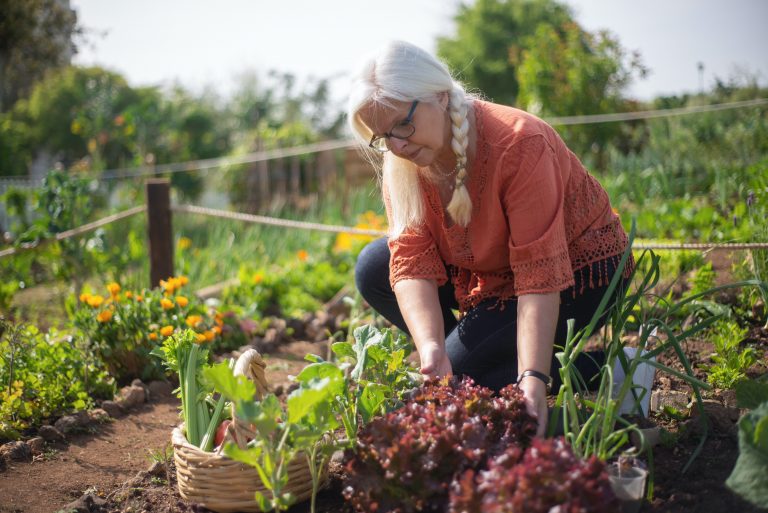Many gardeners look forward to the summer because it means that the gardening season is in full swing. By mid-July, plots are lush with produce, and flowers are in full bloom. But mid-summer is also a ripe time for heatwaves. As the summers get hotter, it’s getting more and more important to prepare for…
